I recently used 12 of the best GPS cycling computers in one day while filming a group test video and you may be surprised which one came out on top.
We have several great testers working at BikeRadar, with decades of experience between them, and who have reviewed pretty much every bike computer on the market. Those reviews formed my starting point, then I went out to try all of them in one go for a video published on our our amazing YouTube channel.
Happily, this process gave me some fascinating insights into the pros and cons of some of the best bike computers available today – including the realisation that the model most of us should get might just be the one that launched nearly five years ago.
So, check out the video below, or read on to find out everything I learned. Of course, bike computers have come on leaps and bounds since the early days of GPS, and you should read our full reviews for the definitive verdict on each one, to match your needs – but the best computer for you might not be the very latest model.
The best bike computers aren’t the newest ones
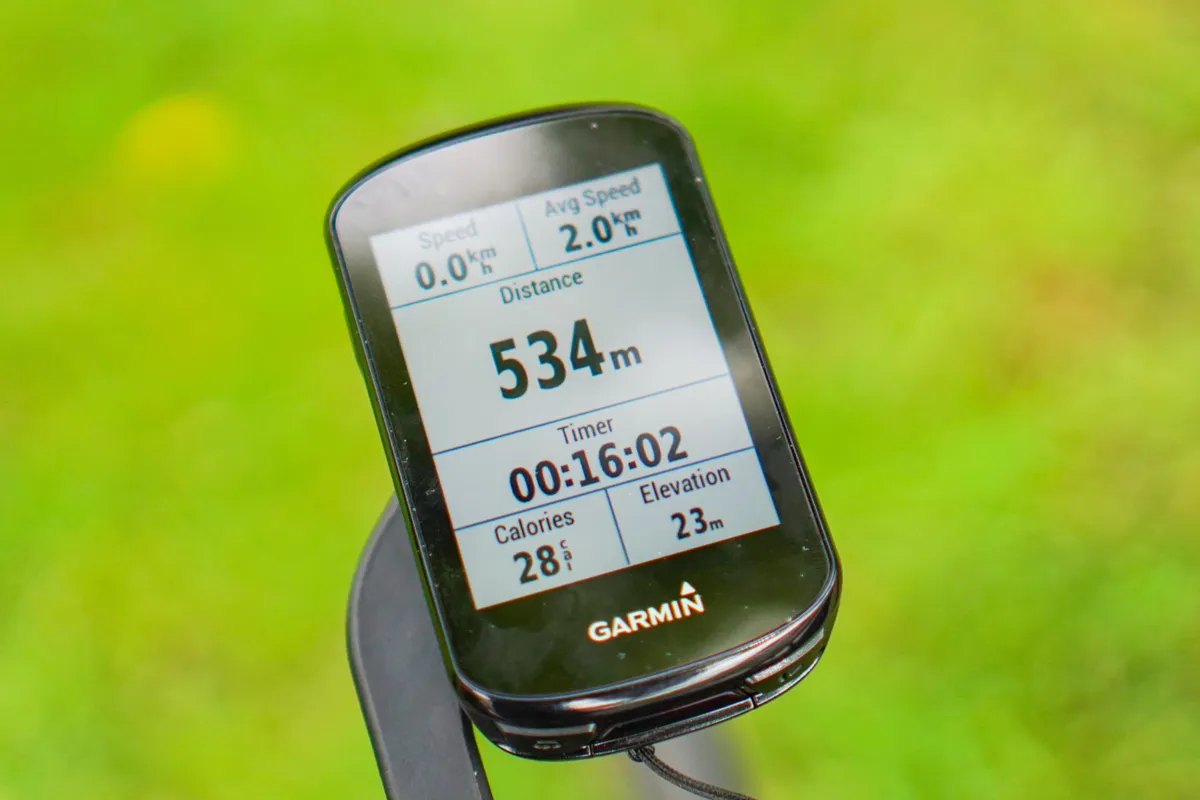
Although it’s nearing five years old, Garmin’s Edge 830 can’t be beaten. The system loads quickly, customisation via Garmin’s app is easy, while the touchscreen is responsive and can be locked in rainy conditions.
Key features such as ClimbPro and Strava Live are supported, and the navigation works well, despite the smaller screen. I particularly like the ability to edit data fields while riding and to control my music from a dedicated screen.
These two features may seem of minor importance, but they enable me to leave my phone in my pocket more of the time.
Yes, Garmin will likely now focus updates on newer Edge devices, but because this is already a simple, well-functioning GPS, that's unlikely to be an issue.
In my experience, bike computers are often at their best when they’re kept simple and aren’t bloated with novel features you’ll rarely use – and the Edge 830 nails that brief.
Sadly, this has now been moved to the discontinued section on Garmin’s website, but some online retailers and shops still carry stock.
SQUIRREL_13076447
Wahoo’s golden oldie
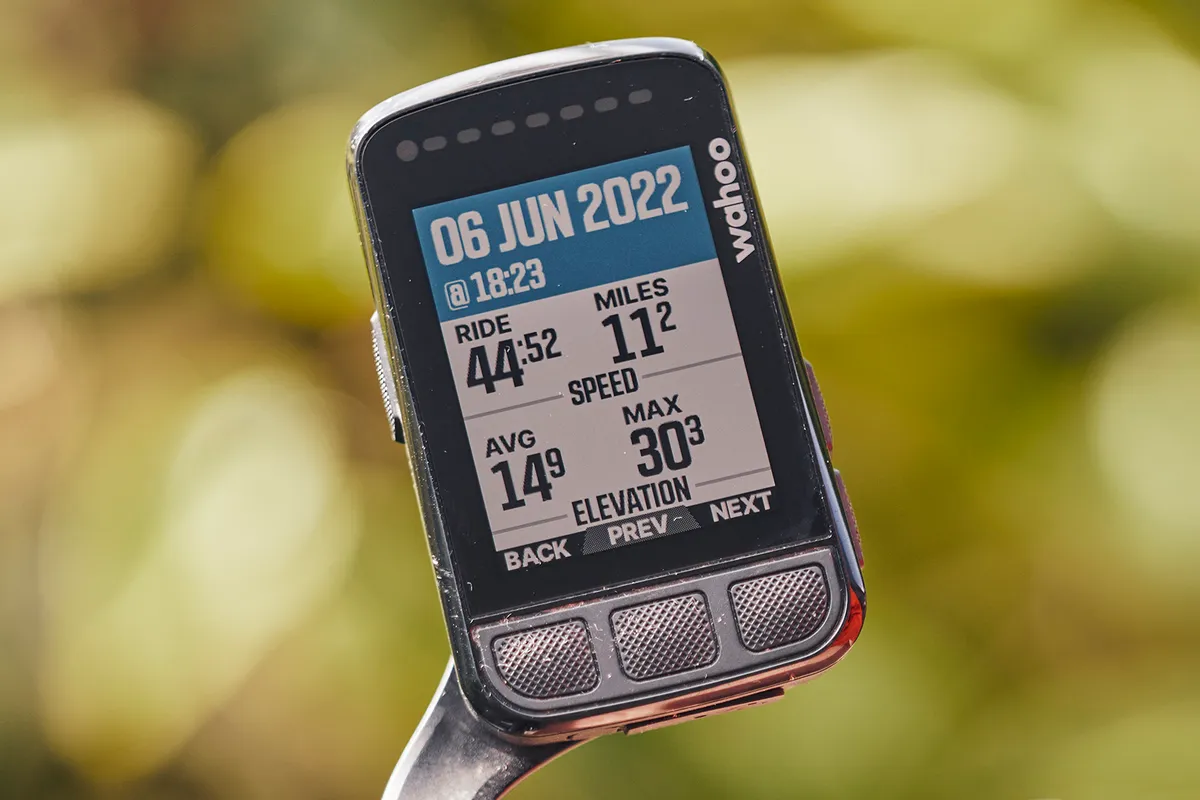
If you’re not bothered by a touchscreen, however, and are fine following a basic map, Wahoo’s Elemnt Bolt V2 is also a brilliant little unit.
Again, it is a simple device that does what I need – namely showing key data points, recording my ride and occasionally navigating me around a route.
Its lack of a touchscreen and focus on physical buttons will be a positive for many riders, while the £249.99 / $279.99 price tag makes it more affordable than any of the latest bike computers.
There’s a lot to like, although I’d love to see a new version lose the LED lights in favour of an edge-to-edge display. The touchscreen from the Wahoo Elemnt Ace would be nice too, but only if the price stays low (and the device small).
SQUIRREL_13076441
New bike computers often add little useful functionality

Using Wahoo’s Bolt and Roam V2 computers beside two of the latest flagship models – Garmin’s Edge 1050 and Wahoo’s Elemnt Ace – was a telling experience. The two newer devices added little functionality to my riding experience.
Certainly, I’m pleased to see Wahoo introduce a touchscreen with the Elemnt Ace, but what of the headline-grabbing wind sensor?
I don’t know about you, but I don’t need my bike computer to tell me whether I’m riding into a headwind, or with a tailwind – both of these things are always pretty obvious.
You won’t be able to put numbers on your ‘feelings’, of course, but until Wahoo offers a compelling reason for me to care about its ‘Wahoo Wind Dynamics’ analysis, I won’t be dropping £549.99 on one.
All that said, when my colleague Ashley Quinlan reviewed the Elemnt Ace, his take on this feature was far more positive.
It goes to show, though, that you shouldn’t just assume something is good simply because it’s new – it’s vital to consider critically whether or not any of the new ‘features’ are things you’ll use.

The Coros Dura has some neat display settings, but the action dial isn’t well implemented. In use, its action is too light, making it nearly impossible to use while riding, or when wearing gloves.
Garmin doesn’t get off lightly here either. The Edge 1050 has been available for eight months, which is plenty of time for users to have flagged the plethora of pothole options that winter has created.
Yet as I rode around my popular local roads in Somerset, not a single pothole warning popped up.
Maybe, one day, there’ll be a critical mass of riders using this function and it will become useful. As things stand, though, good old-fashioned ‘looking where you’re going’ is going to be your best option for avoiding road hazards.
Garmin’s GroupRide feature, too, relies on other riders in your group owning an Edge 1050 / 1040 / 840 / 540 and, critically, your group being organised enough to set it up (an exceptionally rare occurrence in my experience).
This is currently an on-device process which, if given the time, does work. But rarely do the group rides I attend have the capacity for such levels of organisation. Most of the time, it’s a miracle if we can all turn up on time and agree on a route.
I’m all for new features, but I’d only call them innovative if they add functionality to my ride experience. Many, lately, have not.
Edge-to-edge displays divide opinion
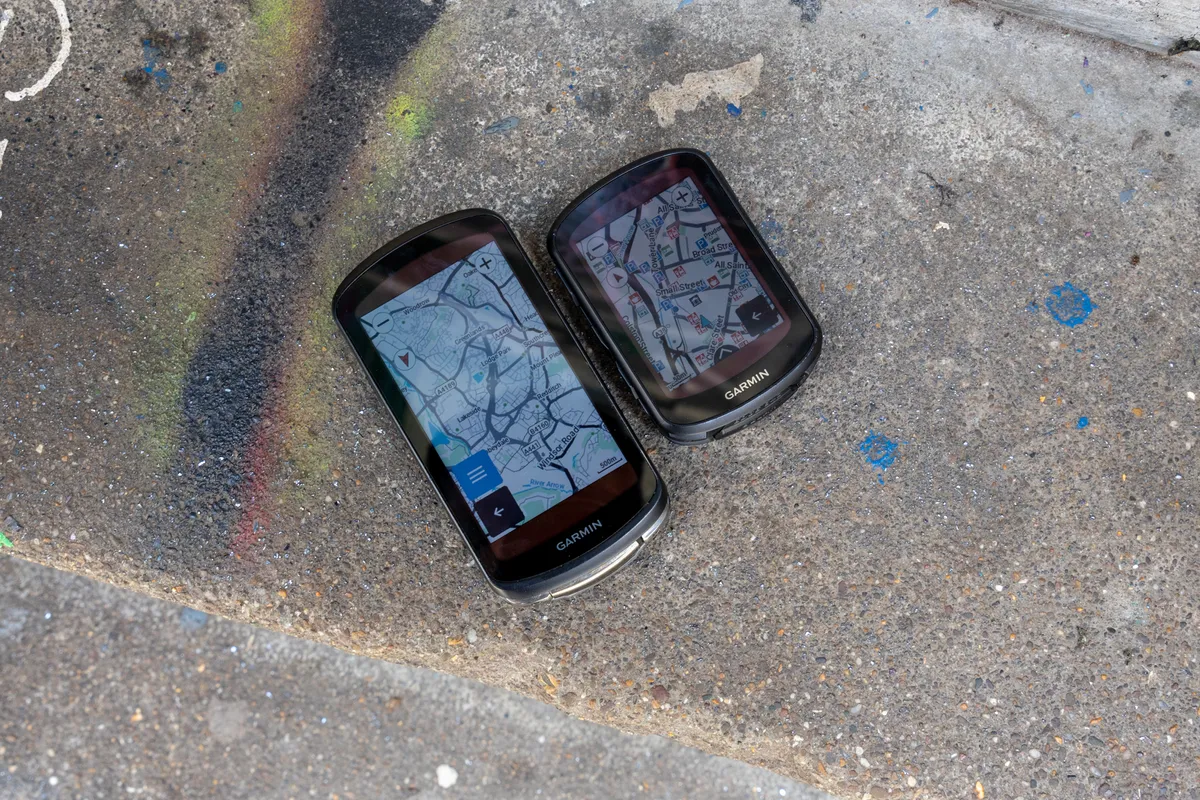
When device size rears its head in our YouTube comments, two camps generally emerge. There are those who want compact devices and those who like a big screen.
I would like a device to join these two camps in holy matrimony.
Let’s use Garmin’s Edge 1040 and 840 units as an example. The working screen size on the 1040 is 76x46mm. The body size on the 840 is 77x56mm.
If a brand such as Garmin could produce a device with an edge-to-edge display – as is common in the smartphone world – you would get a bigger screen size in a compact body.
While this fairytale theoretically has its happy ending, there is a villain waiting to rain on my parade.
GPS accuracy relies on the antenna – housed internally – being able to easily receive signals. Extending the functional part of a screen out to the device edge could disrupt the signal, reducing tracking accuracy.
This, in part, is why if you track a ride using a phone, as I’ve done in the past, your GPS track will typically be far less accurate than with a dedicated GPS bike computer.
Bigger screens can increase demand on the battery, so for current run times to be maintained, devices might have to get thicker.
However, I would love to see a brand solve this issue.
Solar devices are no use without the sun
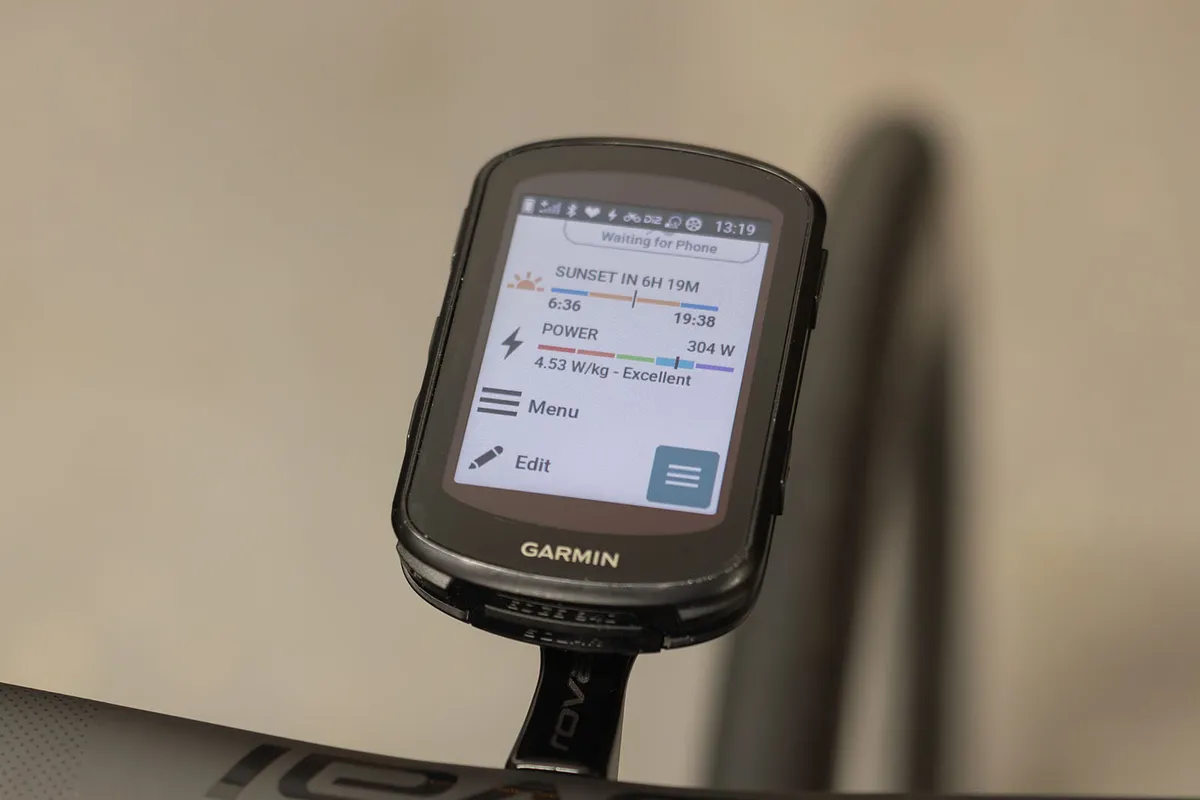
In news to no one, solar charging features require sunlight to work. Living in the UK, with its ‘temperamental’ weather, I’m yet to see a case where the solar feature is worth paying for.
The Coros Dura launched with incredible solar-charging claims – two full hours of battery gain for every hour ridden.
While, even in the weak winter sun, Coros’ unit performed better than my Garmin Edge 840 Solar ever does in the summer, the results showed these devices are reliant on optimal conditions.
My hour’s ride – which took place on a sunny winter’s day – resulted in a 0.4 per cent battery gain from solar charge for a ride time of 1:03:56. Overall battery consumption was 0.8 per cent, resulting in a net loss of 0.4 per cent battery.
My Garmin Edge 840 Solar, even on a sunny day in the height of summer, will struggle to gain more than two minutes of ride time per hour ridden.
This day of sunshine was our first in weeks, so while solar technology does work, I would temper your expectations of these devices unless riding under strong summer sun.
Given the solar function increases the price of the Edge 840 from £449.99 to £519.99, I don’t see it as a wise investment for my riding.
On the Coros Dura, meanwhile, the tech is baked into a lower-priced device. Here, it’s a good feature that will likely appeal to riders who hate charging their device, or do such monstrously long rides they need a device that can match their incredible aspirations for endurance.
But what of the device real estate given over to the solar panel? I’d prefer this space to be used for additional screen size, or simply lost for a smaller device.
How difficult, after all, is charging a cycling computer every few rides for most riders?
Many riders see no reason to upgrade
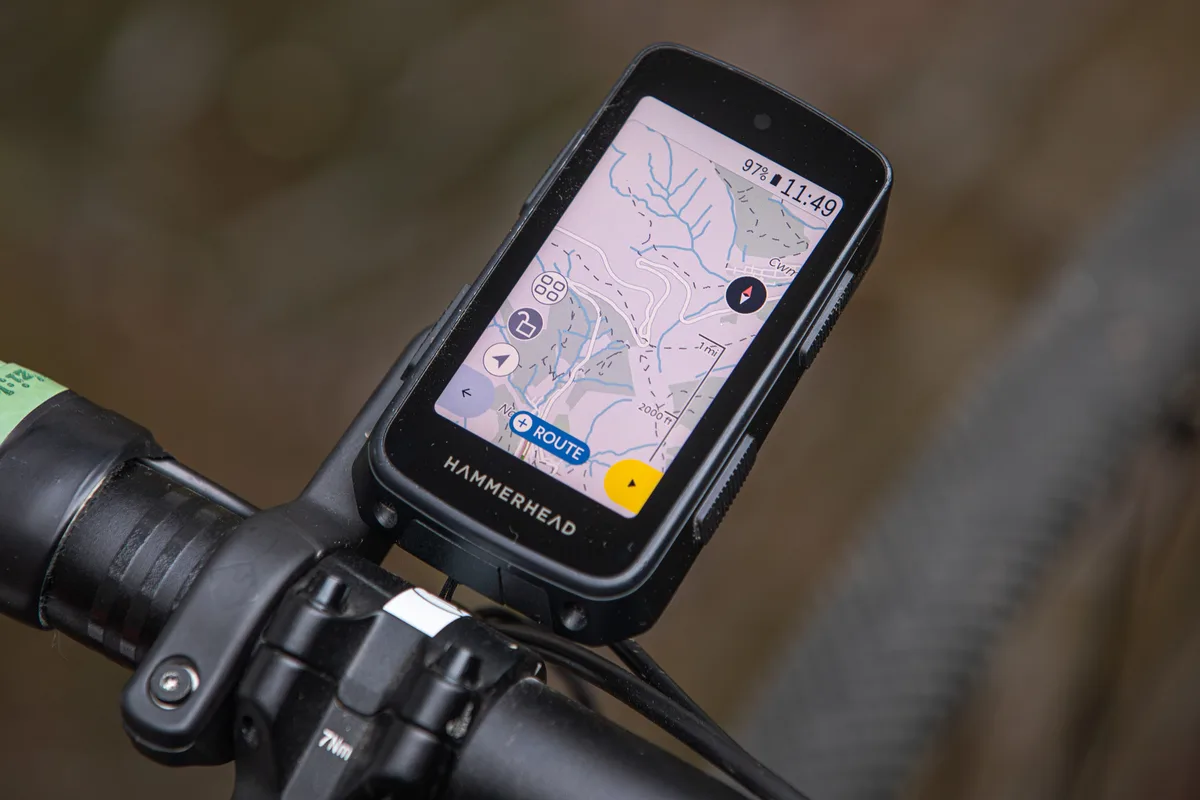
While the comments section of a website or YouTube video may not be the best reflection of the wider cycling community, I was surprised by the number of riders saying they see no reason to upgrade old devices.
Plenty are happy with older computers such as the Garmin Edge 830. The Wahoo Elemnt Bolt V2 is another top choice and I have seen very few comments from people with these devices looking to upgrade.
Some even have Wahoo Bolt V1s and 'ancient' Garmin Edge 500s.
The one device upgrade I saw mentioned a little more frequently was owners of the Hammerhead Karoo 2 stepping up to the Karoo 3.
It seems to appeal to the tech-curious because Hammerhead’s model is to frequently push out updates and improvements.
But other than that, if the YouTube comments section is to be believed, there isn’t much appetite for the latest bike computer tech.
And, in general, I’d agree. We love innovation here at BikeRadar – none of us would have a job writing or making videos about new cycling tech if we didn’t, after all.
However, when we’re talking about expensive tech such as bike computers, it’s vital to evaluate which upgrades are worth your hard-earned cash and which aren’t.





